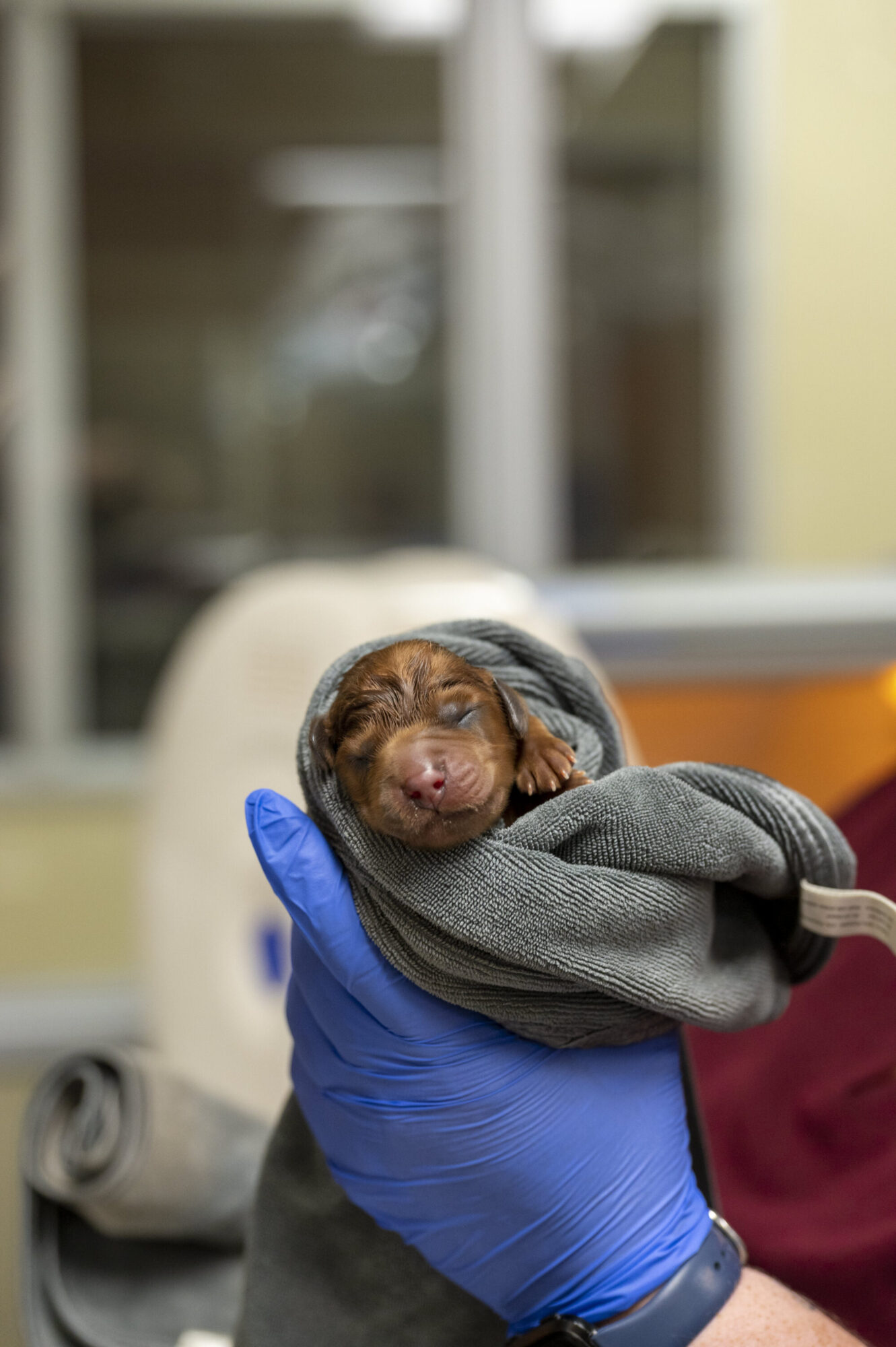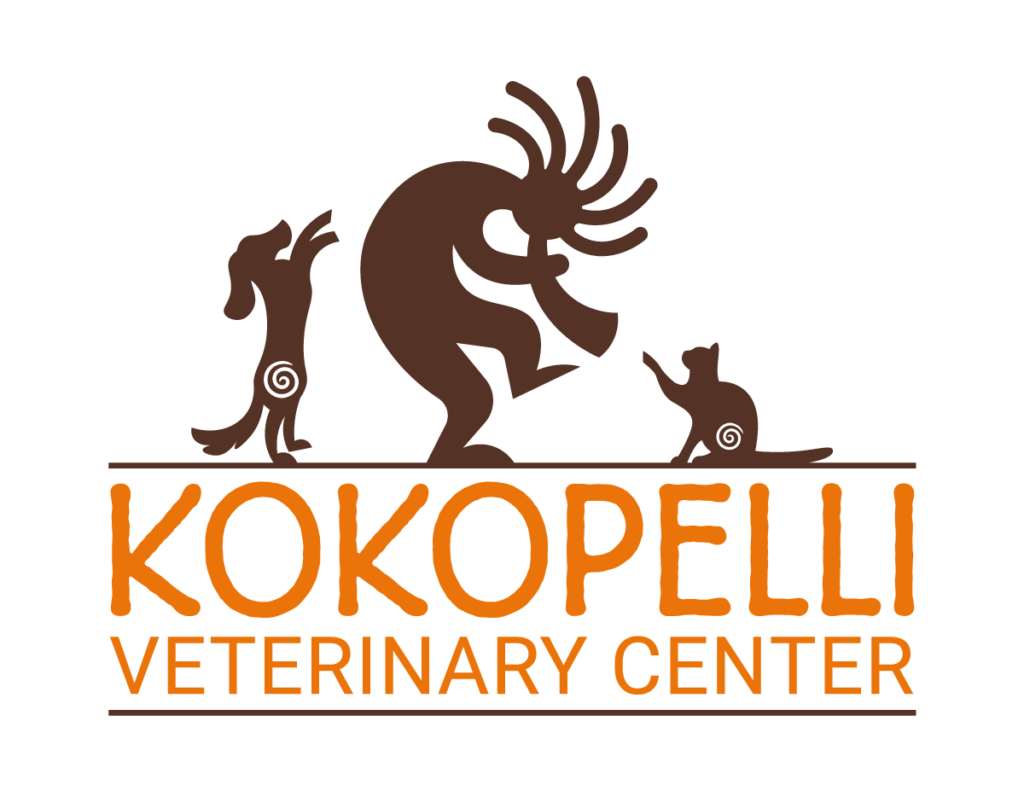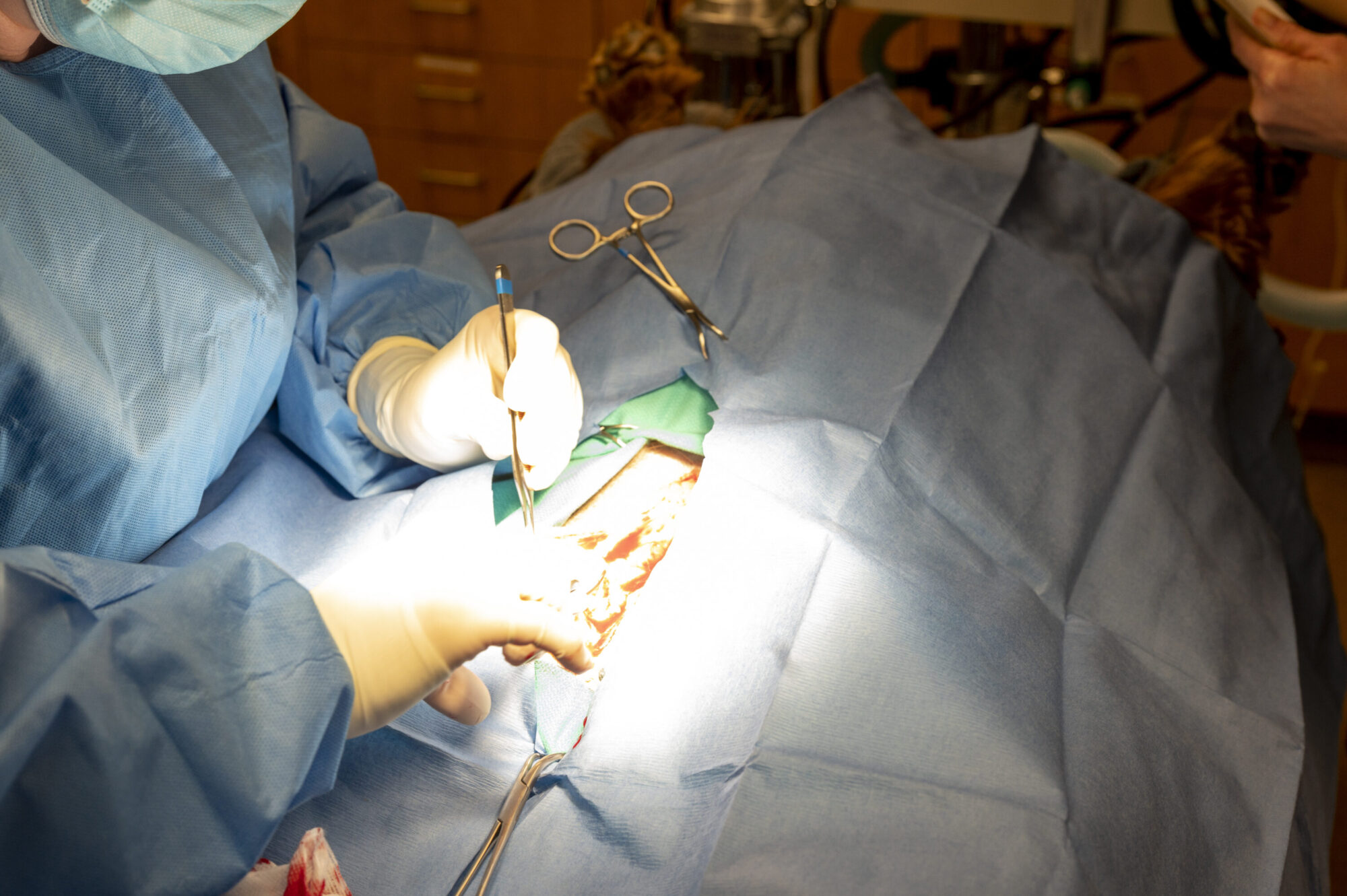We have come a long way in our performance of cesarean sections. It used to be understood that the decision to move forward with a c-section was when the mother was not expected to survive and it was an emergency effort to save the fetuses. Now we routinely plan c-sections and fully expect the mother and puppies to all survive and thrive. Many consider a c-section a superior choice to natural whelping. Certainly every bitch does not need to have a c-section. As with anything else in medicine, each case should be considered individually.
Your Trusted Expert in Safe, Successful C-Sections
C-Section Expertise
Delivering Safe, Healthy Births
Know When to Seek Help
Emergency C-Sections
Allowing a bitch to whelp naturally is usually a responsible, appropriate choice (in many cases). If you have elected to allow your bitch to whelp naturally, you should identify a reliable emergency veterinary clinic within a short distance from your house and contact them a couple days ahead of time to confirm that they will have overnight veterinary coverage on the small chance that you will need to come in for an emergency c-section.
Dr. Christensen cleans a newborn pup.

Dr. Christensen monitors a puppy’s heart rate.

A puppy is shown after a successful c-section.

You should attend the whelping and watch for signs of dystocia (difficult birth). If any of the following occur, you should seek veterinary assistance, which might mean an emergency c-section:
Minutes do matter in an emergency. Consider the time frames given above and don’t allow too much time to pass before seeking help. Waiting too long will make losing puppies likely. Eventually, waiting too long will also put the bitch in danger.
Safe Deliveries for moms and their pups
Planned C-Sections
Natural whelping usually has a very low rate of complications. Some situations, however, raise the risks high enough that scheduling a planned c-section makes sense.
The following are situations that should cause you to seriously consider a planned c-section:
Planned C-Sections at Kokopelli Veterinary Center
All About Our Approach
The timing, the technique, and careful attention to detail are critical to achieve consistent success. We are proud to have a long track record of successful c-sections. While certainly anything can happen, we do not expect to lose any puppies, and certainly not the bitch, when performing a planned c-section.
In order to ensure the highest likelihood of sending everyone home healthy and happy, we do the following:
Performing c-sections is one of our most favorite things to do at Kokopelli Veterinary Center. The miracle of life is real. Sometimes it just needs a little help.
Ensure a Smooth Delivery with Kokopelli Veterinary Center
Looking for top-notch care for your dog’s c-section? Contact us to see how our expertise and careful planning can provide a successful delivery for both mother and puppies.



